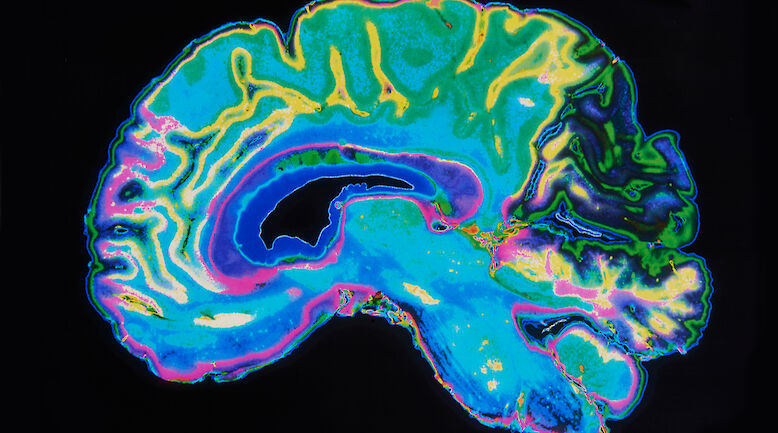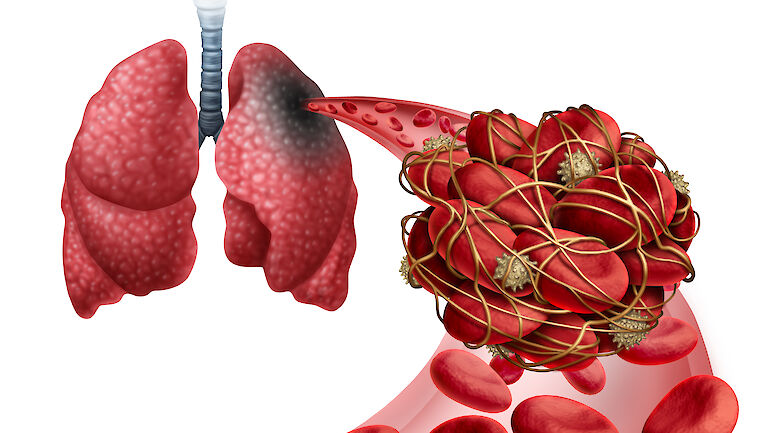English summary: EXPERIENCES OF MEN DIAGNOSED WITH PROSTATE CANCER IN FINLAND IN 2004

Background Prostate cancer is the most common type of cancer in Finnish men. Prostate cancer incidence has been rising world-wide, partly due to widespread prostate specific antigen (PSA) testing. Today, most patients are diagnosed in the early phase and this together with improving treatment has led to a better prognosis. Men live for a long time after prostate cancer diagnosis and treatment, which further stresses the importance of their well-being and quality of life. Common concerns in relation to quality of life include side-effects of treatment, such as urinary, sexual, and bowel dysfunction. These are usually given too little consideration in medical care despite their importance to the well-being of prostate cancer patients.
Methods In a nation-wide sample (n=1239), we collected comprehensive information on the experiences of Finnish prostate cancer patients at diagnosis and treatment and their well-being 5 years after diagnosis. We drew a 50% random sample of prostate cancer cases diagnosed in 2004 and reported to the Finnish Cancer Registry. A postal survey was used to collect data on how the patients were informed about the diagnosis, choice of treatment, relationships with health care personnel, adequacy of the information and care received, and psychological reactions. For each treatment (radical prostatectomy, radiotherapies, hormonal therapy, active surveillance), we asked about experience of and side effects related to the treatment and satisfaction with the outcome. We also investigated predictors of psychological well-being at the time of the survey 5 years later. The response rate was 73%, which is very satisfactory considering the age of the patients.
Results The treatment of prostate cancer varied between the five university hospital districts in Finland. The way in which the patient was informed about the diagnosis also varied. Two-fifths of the patients were informed about their diagnosis by phone or by mail. Most of the patients reported that they had received enough information on treatment options at the first appointment. However, only half stated that they had been sufficiently informed about potential side-effects or that their psychological well-being had been taken care of. The patients treated with brachytherapy or active surveillance reported better psychological well-being than the others. Being informed about the cancer diagnosis by phone as well as patient dissatisfaction with information and lack of support by a close one at diagnosis predicted worse psychological well-being at 5 years. Side-effects and dysfunction were common. In patients treated by prostatectomy and radiotherapies, the ensuing problems were urinary and sexual difficulties, in external radiotherapy also bowel dysfunction. In up to half of the patients various side-effects were evident at 5 years. Radical prostatectomy had caused more side-effects than other treatments. In all treatments, sexual activity decreased, but the change was smaller in patients with radiotherapy. Between 9 and 21% of the patients stated that they had regrets about the choice of treatment.
Conclusions Up to half of the patients reported lack of information on potential side-effects and psychosocial care at diagnosis. Dissatisfaction with information, care and support at diagnosis also predicted worse psychological well-being at survey 5 years later. Long-term side-effects and adverse impacts of prostate cancer treatment were very common. We conclude that psychosocial care at diagnosis and problem-specific psychosocial intervention after the primary treatment need to be improved.












